Do you still remember the interesting question “What kind of garbage are you?” that went viral last year? Unconsciously, garbage classification has been integrated into our lives.
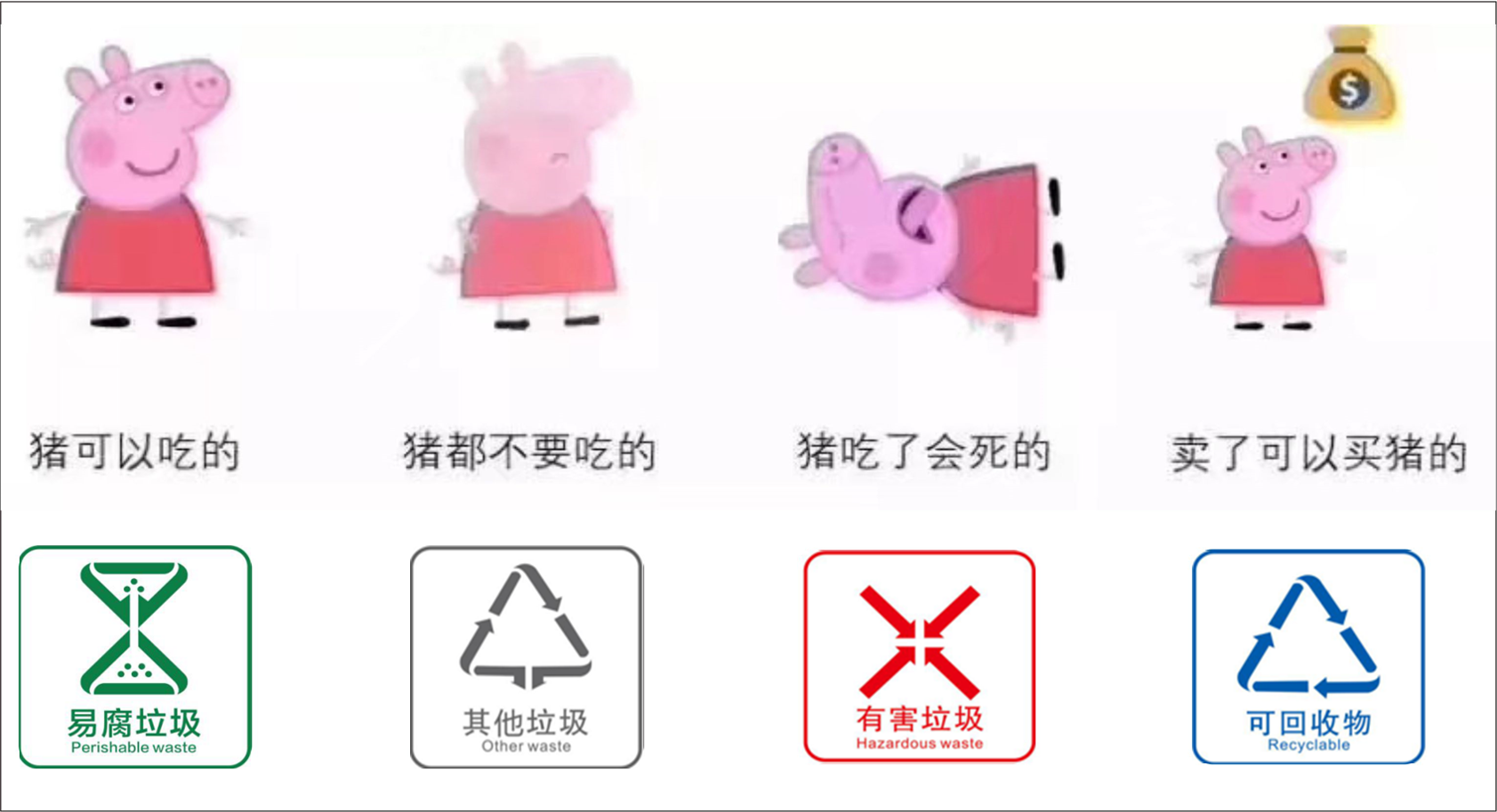
(图片来源于网络)
Where does garbage come from?
The International Campus currently has nearly 2,000 students and hundreds of faculty and staff. Therefore, a large amount of household waste and laboratory waste were generated while working, studying and living. According to statistics, the whole campus produces 20 tons of household waste and 3.5 tons of laboratory waste on average per month in 2020.
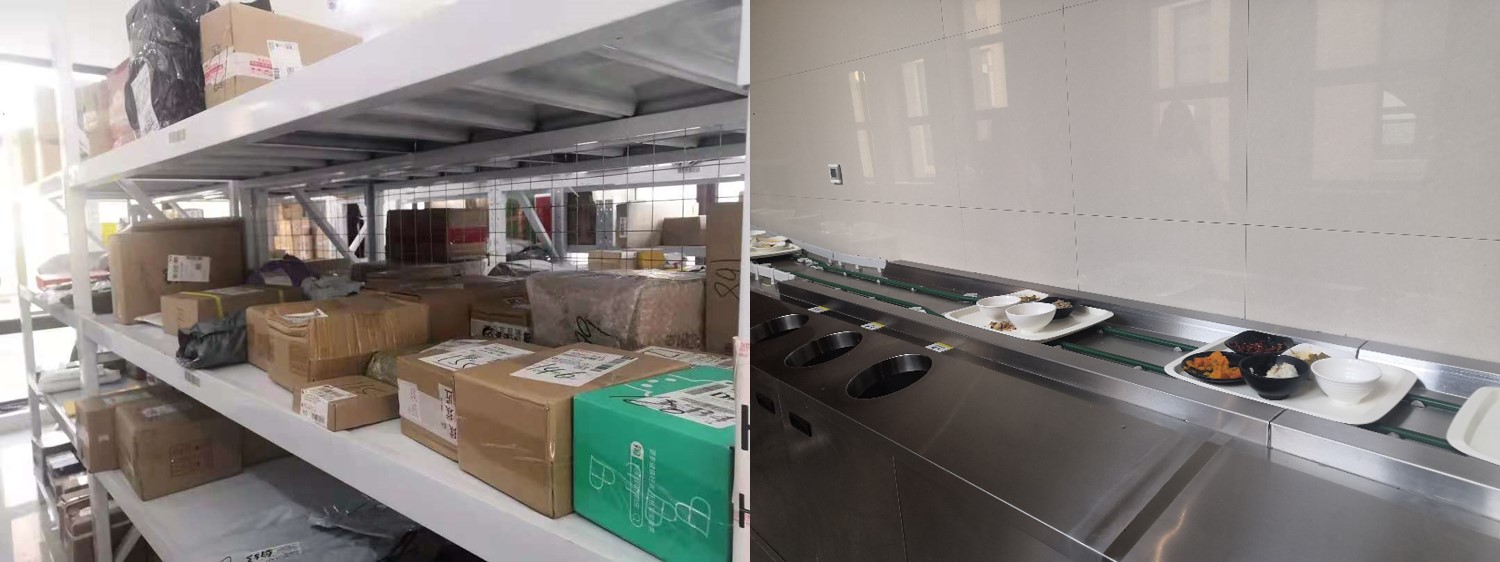
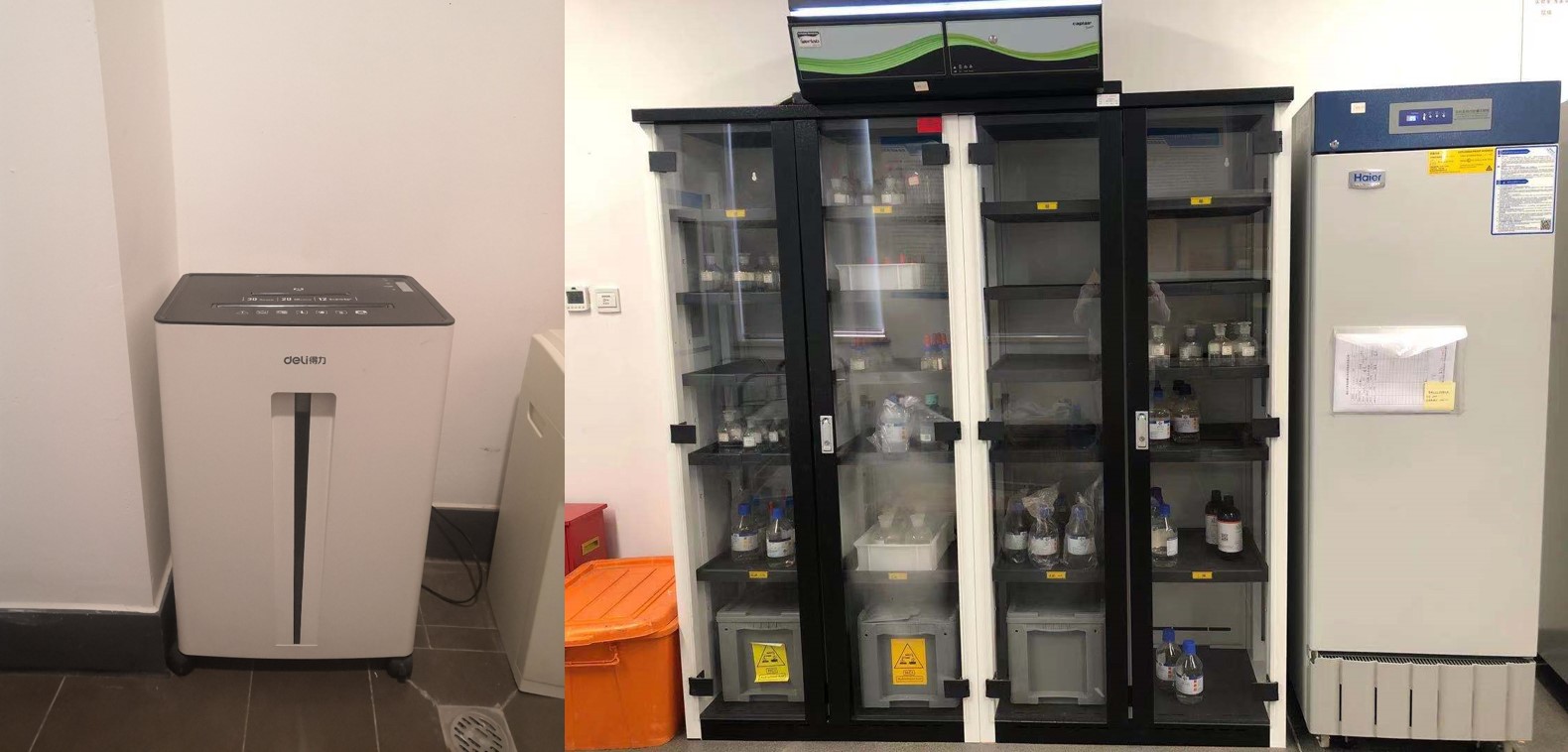
Where did the garbage go?
Approaches for clearing municipal life garbage are mainly sanitary landfill, high-temperature composting and incineration, etc. However, with the population gathering, the garbage amount is increasing, and traditional treatment methods has brought many problems.
1. Harmful gas “dioxin” will be produced in the burning process of garbage, which poses a great threat to environmental safety and human health.
2. Although landfilling garbage can help deal with all varieties of garbage, it takes up a mass of land, and also produces severe secondary pollution. For example, the garbage exudate will pollute groundwater and soil, and the odor generated by stacked garbage will seriously affect the air quality around the site. What’s more, stacked garbage contains a large number of bacteria and viruses, and there are hidden dangers such as heavy metal pollution from biogas.
3. The methane gas produced by garbage fermentation is not only a hidden danger of fire and explosion, but also a greenhouse gas which is harmful to the world.
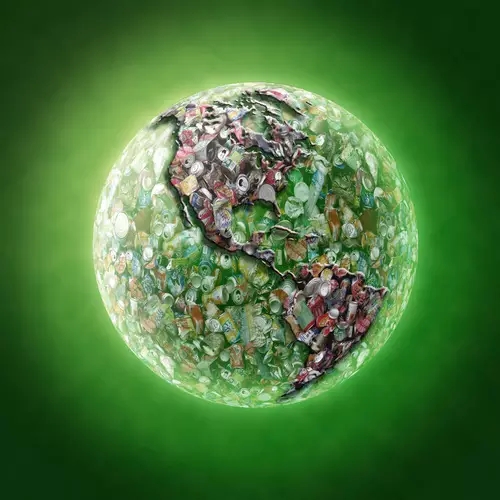
Devastated Earth
(图片来源于网络)
Why do we need to do garbage classification?
1. Garbage classification screens out recyclable and non-degradable substances from the source, reducing the amount of garbage by more than 60%, so as to reduce the harm caused by traditional garbage treatment.
2. Garbage classification can effectively save primary resources, improve environmental quality, drive green development and lead a green life.
3. Through garbage classification and collection, useful materials, such as paper, plastic, rubber, glass, bottles, metals and old household appliances are separated from the garbage and put into the sorting bins separately. Recycle, reuse, and turn waste into treasure.
What have we done?
185 sets of outdoor classified garbage cans, cleaned once a day.
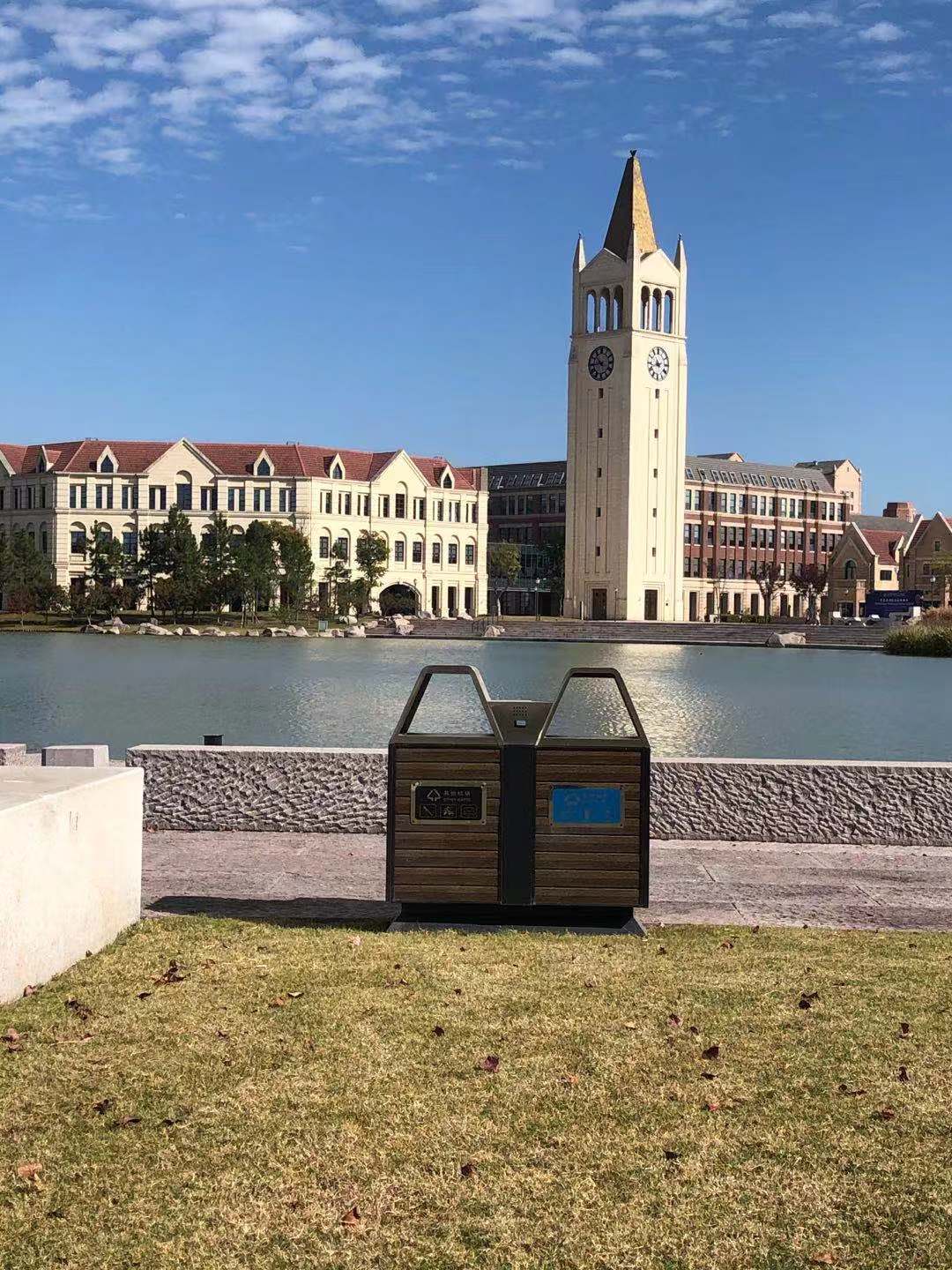
181 sets of indoor classified garbage cans, cleaned once a day.
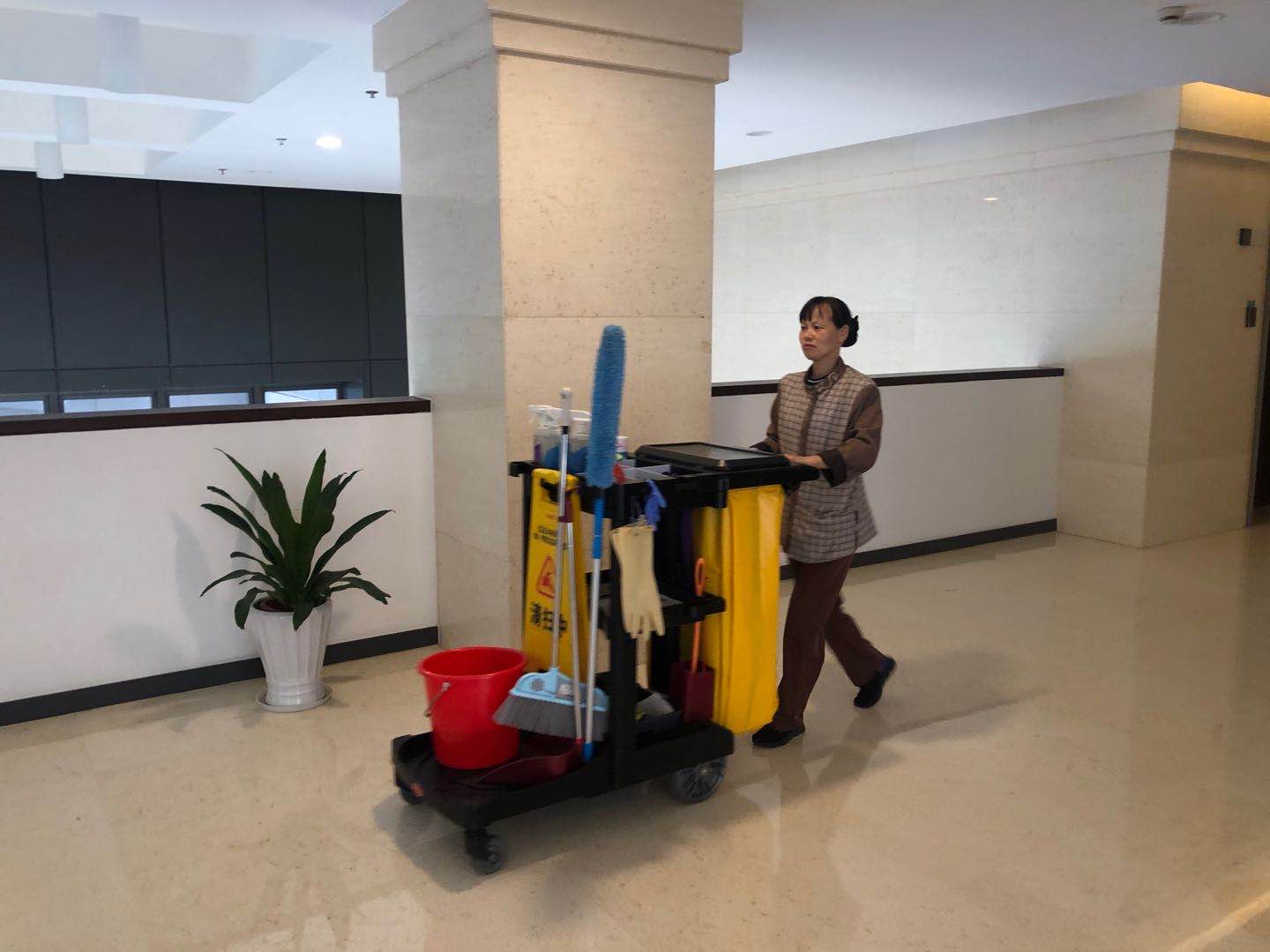
1 temporary garbage point, garbage collection company clears and transports the garbage every day. After clearing, ground environment and the garbage cans are cleaned to make sure no garbage is stacked overnight and to keep the environment clean.
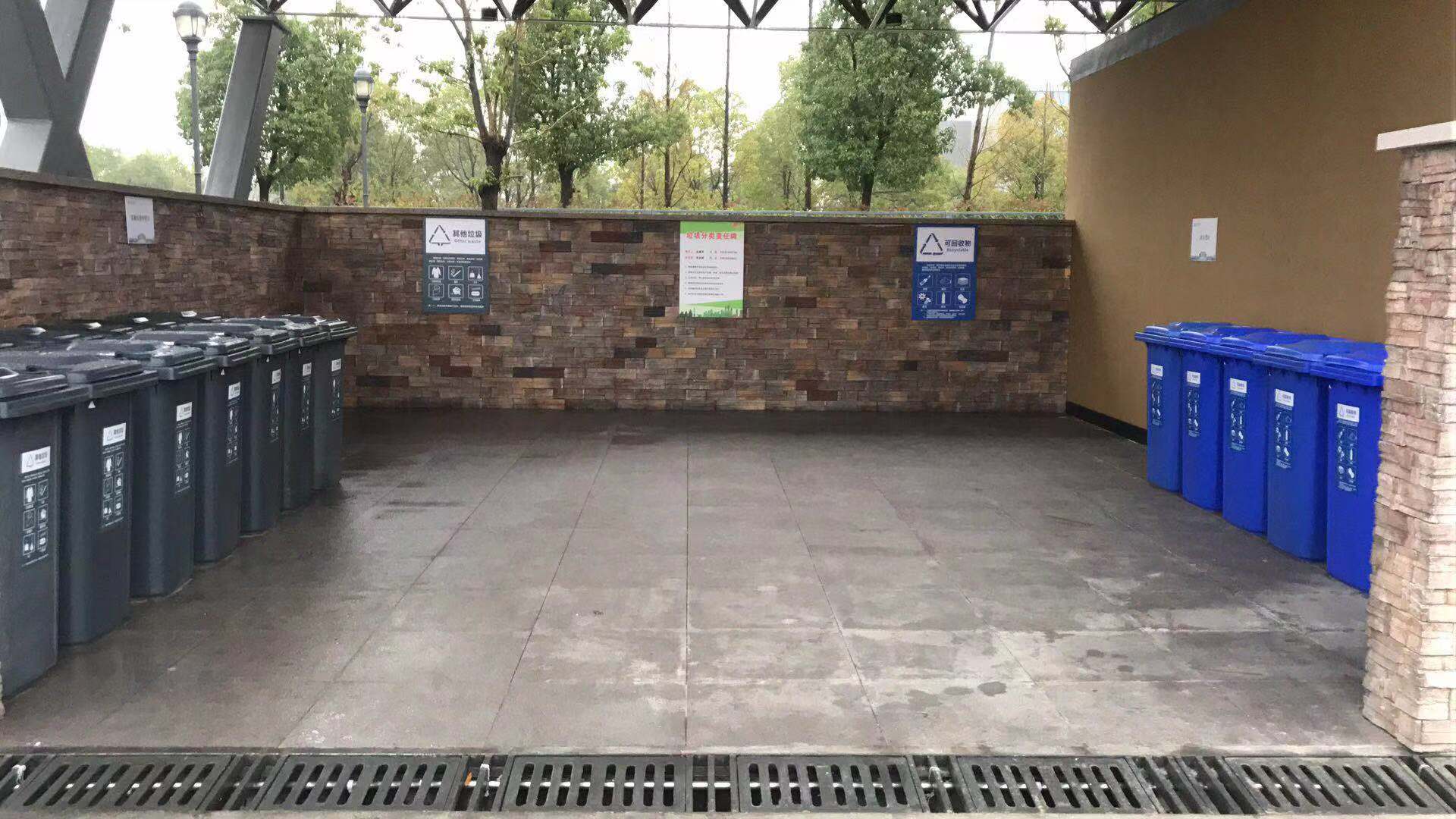
1 temporary storage site for harmful chemicals with special personnel management and 24h monitoring. Alarm will be raised automatically once leakage takes place to ensure safety.
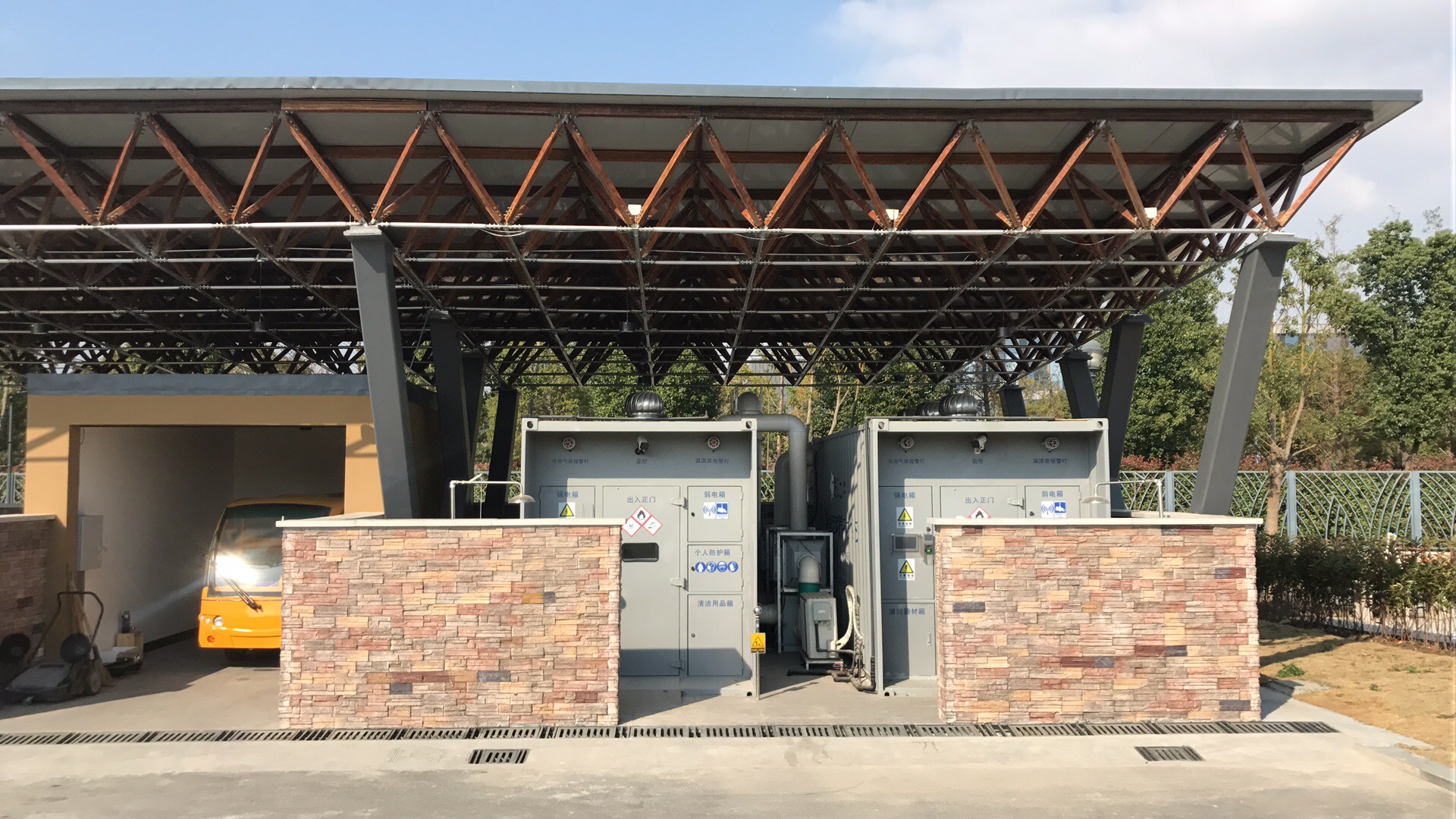
1 garbage classification knowledge publicity point, where detailed approaches of garbage classification are introduced for teachers and students to visit and learn.
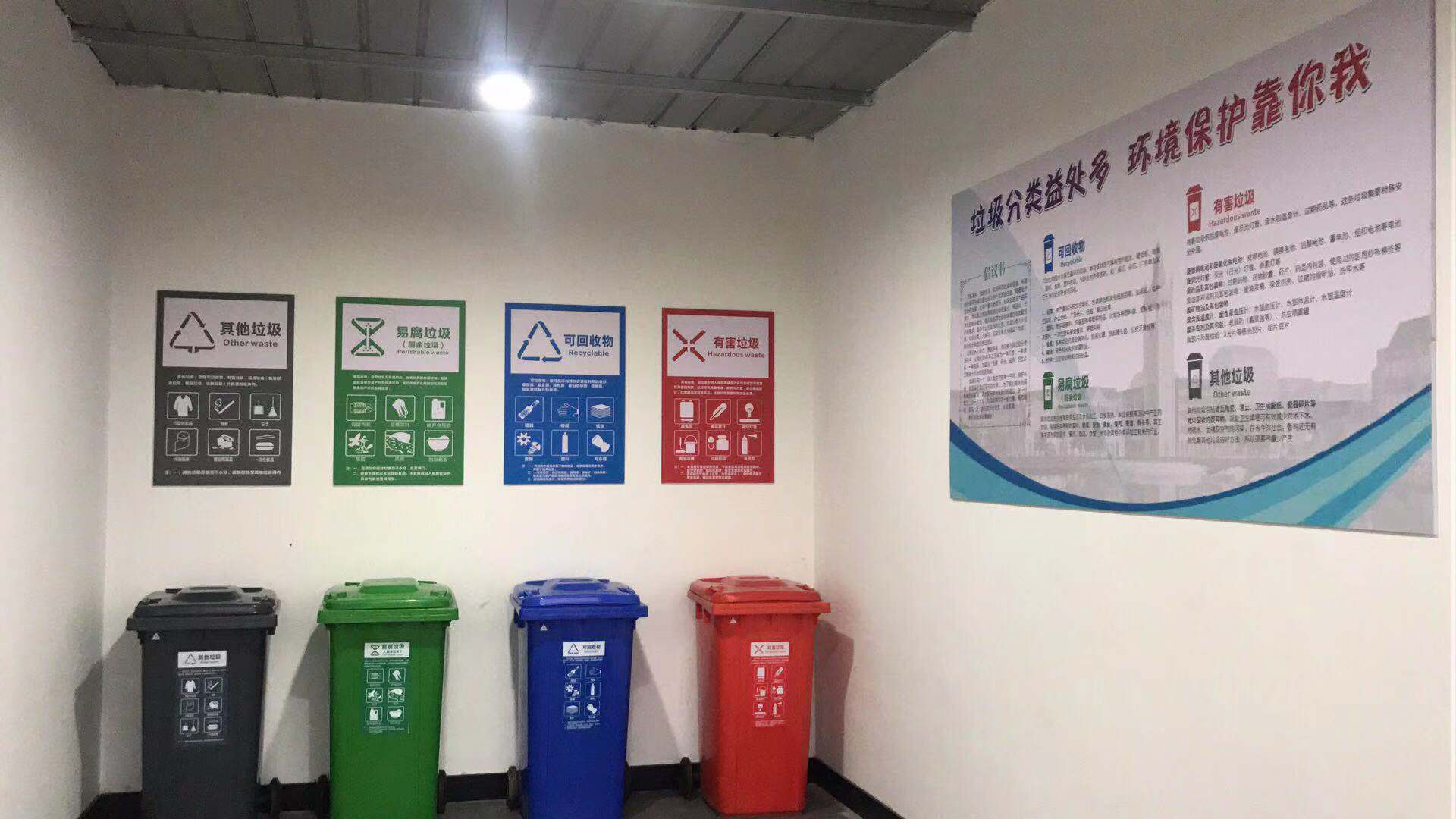
How to sort garbage correctly?
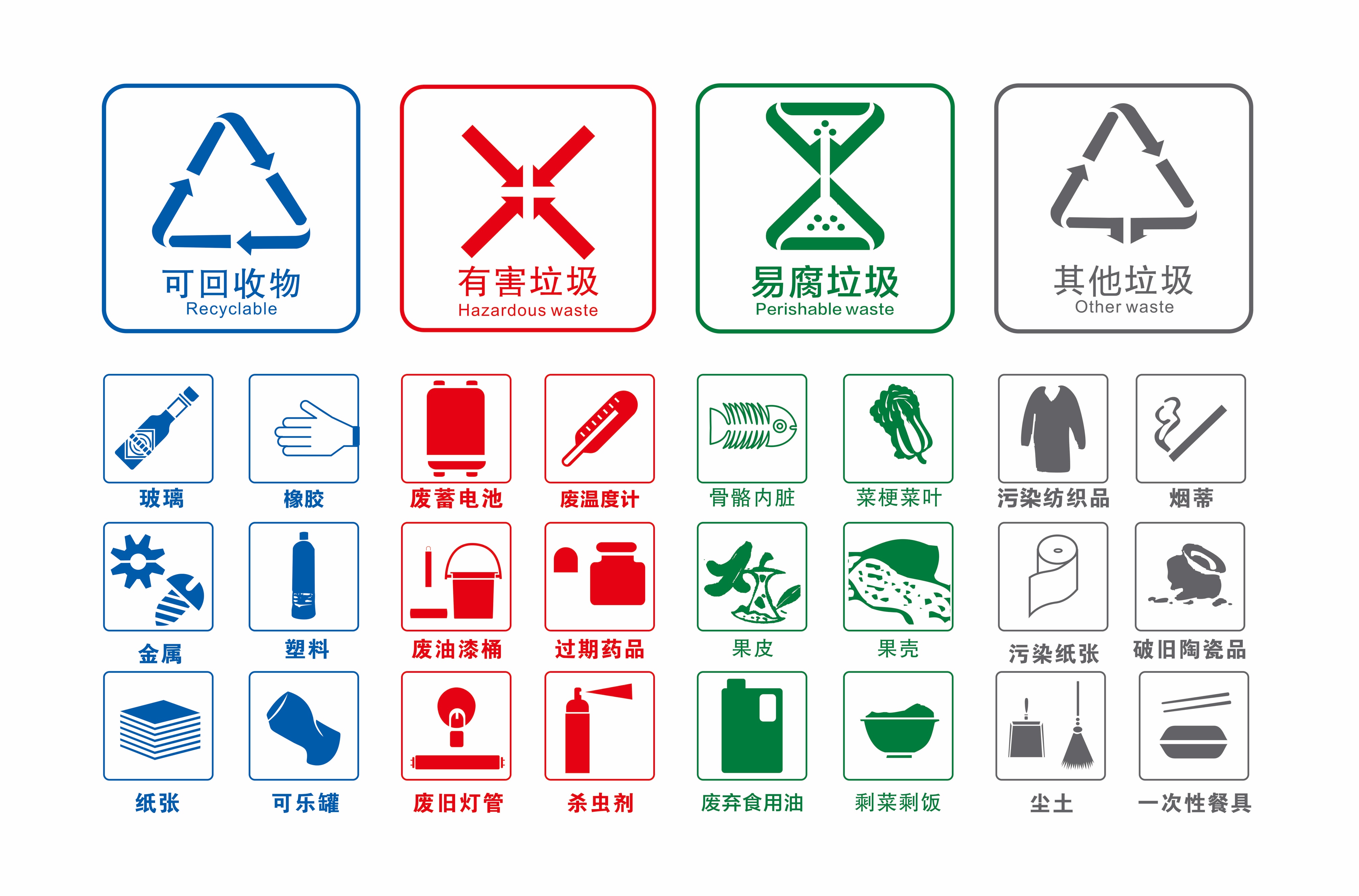
Recyclable refers to the garbage suitable for recycling and resource utilization, such as glass, metal, plastic, books, newspapers, cardboard boxes, clothing, etc.
Hazardous waste refers to the garbage that is harmful, or potentially harmful to human health or the environment, such as expired drugs, pesticides, batteries, discarded lamps, etc.
Perishable waste refers to the perishable biomass waste produced in life, such as food, peel, green plants, flowers, etc.
Other waste refers to all waste other than the above three categories.
Residential College

Teaching and office area

Canteen

Common mistakes of garbage classification
![]() Are boar ribs perishable waste?
Are boar ribs perishable waste?
Boar ribs are hard to corrode, so they should be thrown into “other waste”.![]()
![]() What a pity to throw away unused toilet paper. Is it recyclable?
What a pity to throw away unused toilet paper. Is it recyclable?
Toilet paper will dissolve in water, so it is not recyclable and belongs to “other waste”.![]()
![]() Are disposable dry batteries classified as hazardous waste?
Are disposable dry batteries classified as hazardous waste?
Currently, disposable dry batteries made in China have reached the mercury-free production standard, and the heavy metal content is very low, so they can be dispersed into “other waste”, while lithium batteries need to be disposed into “hazardous waste”.![]()
Now, do you have a better understanding of garbage classification in the International Campus?
Garbage classification has a long way to go, which requires the participation and support of every teacher and student. Let's work together for a safe, healthy, open and beautiful International Campus!

